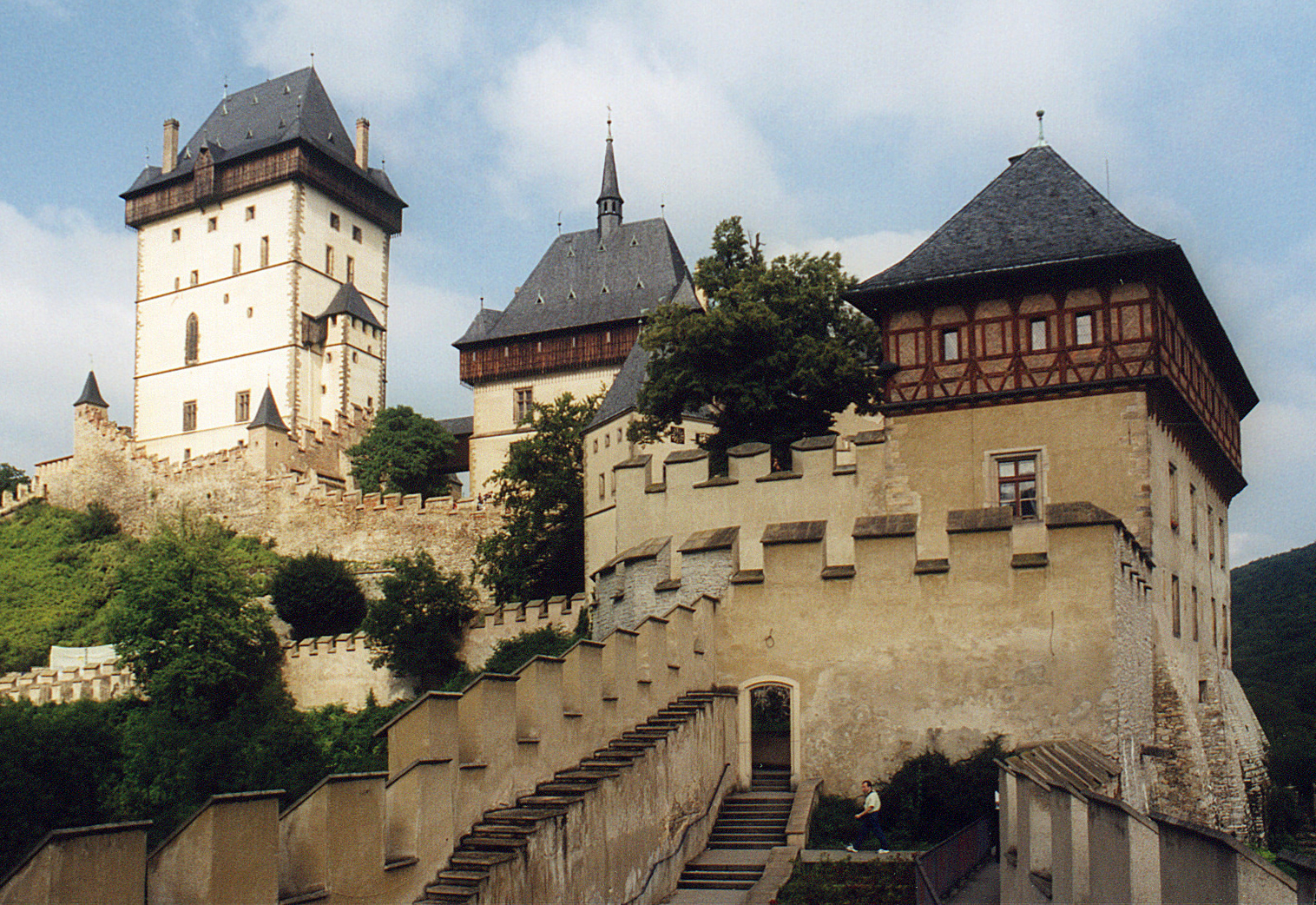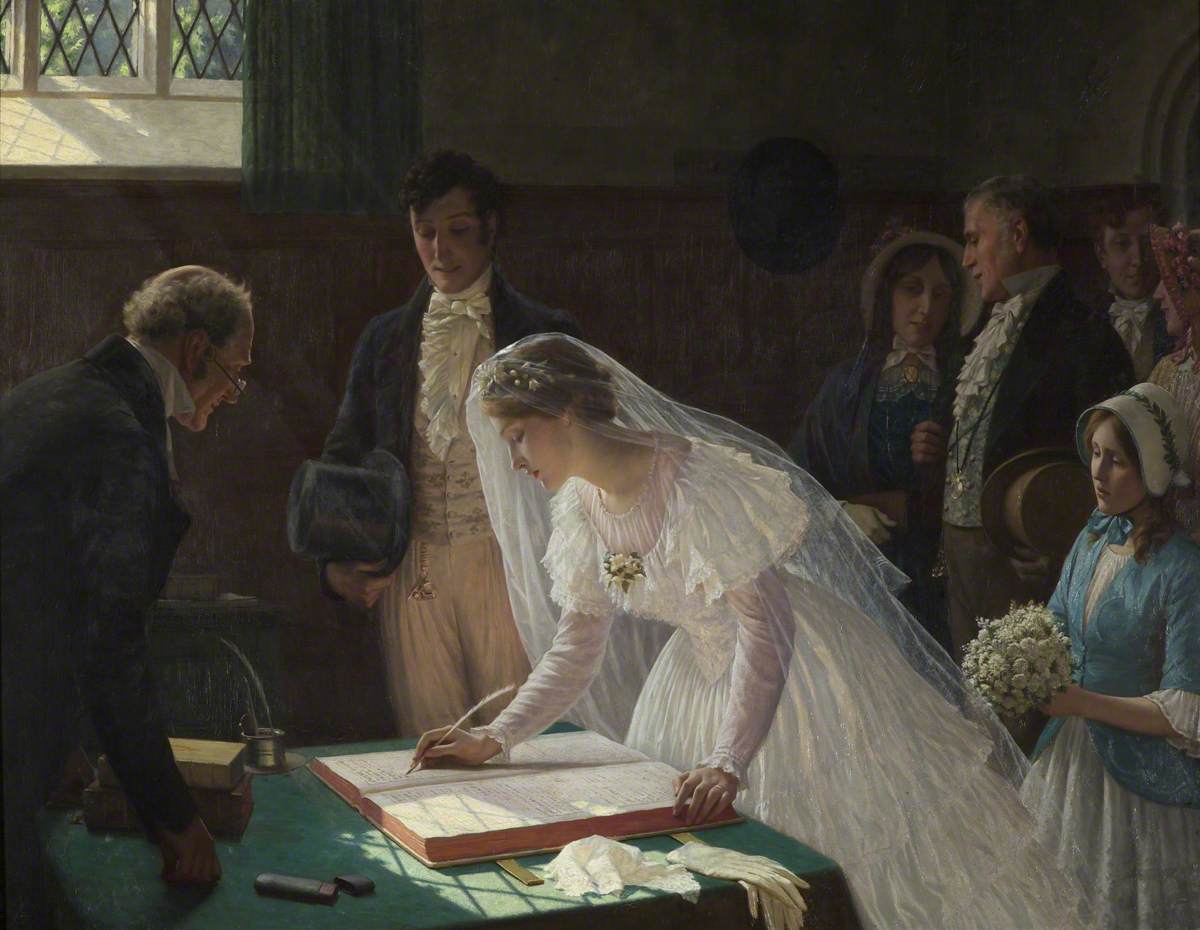|
Bludov Chateau
Bludov Chateau ( cs, Bludovský zámek) is a manor house in Bludov in the Olomouc Region of the Czech Republic. It is a Baroque building with late Renaissance elements. History A stronghold was established in the place probably in the 1570s. The founder was Lord Jan of Boskovice. After the Battle of White Mountain (1620), the Bludov Manor was confiscated and given to Kryštof Pavel of Liechtenstein who rebuilt the stronghold into a Late Renaissance manor house. Later, the manor house was rebuilt in Baroque architectural forms. In 1710, the building was sold to the House of Zierotin, who own it until today. The manor house became Zierotin's permanent residence when Karel Ludvík, the house member, sold the Velké Losiny Castle in 1802 due to financial problems. Zierotin's library, picture gallery, archives, and a collection of weapons were moved as well. Although the Zierotin family was of Czech origin, they registered as Germans during the Nazi occupation, therefore t ... [...More Info...] [...Related Items...] OR: [Wikipedia] [Google] [Baidu] |
Brno
Brno ( , ; german: Brünn ) is a city in the South Moravian Region of the Czech Republic. Located at the confluence of the Svitava and Svratka rivers, Brno has about 380,000 inhabitants, making it the second-largest city in the Czech Republic after the capital, Prague, and one of the 100 largest cities of the EU. The Brno metropolitan area has almost 700,000 inhabitants. Brno is the former capital city of Moravia and the political and cultural hub of the South Moravian Region. It is the centre of the Czech judiciary, with the seats of the Constitutional Court, the Supreme Court, the Supreme Administrative Court, and the Supreme Public Prosecutor's Office, and a number of state authorities, including the Ombudsman, and the Office for the Protection of Competition. Brno is also an important centre of higher education, with 33 faculties belonging to 13 institutes of higher education and about 89,000 students. Brno Exhibition Centre is among the largest exhibitio ... [...More Info...] [...Related Items...] OR: [Wikipedia] [Google] [Baidu] |
Olomouc District
Olomouc District ( cs, okres Olomouc) is a district (''okres'') within the Olomouc Region of the Czech Republic. Its capital is the city of Olomouc. Complete list of municipalities Babice - Bělkovice-Lašťany - Bílá Lhota - Bílsko - Blatec - Bohuňovice - Bouzov - Bukovany - Bystročice - Bystrovany - Červenka - Charváty - Cholina - Daskabát - Dlouhá Loučka - Dolany - Doloplazy - Domašov nad Bystřicí - Domašov u Šternberka - Drahanovice - '' Dub nad Moravou'' - Dubčany - Grygov - Haňovice - Hlásnice - Hlubočky - Hlušovice - Hněvotín - Hnojice - Horka nad Moravou - Horní Loděnice - Hraničné Petrovice - Huzová - Jívová - Komárov - Kožušany-Tážaly - Krčmaň - Křelov-Břuchotín - Liboš - Lipina - Lipinka - Litovel - Loučany - Loučka - Luběnice - Luká - Lutín - Lužice - Majetín - Medlov - Měrotín - Mladeč - Mladějovice - Moravský Beroun - Mrsklesy - Mutkov - Náklo - '' Náměšť na Hané'' - ... [...More Info...] [...Related Items...] OR: [Wikipedia] [Google] [Baidu] |
Castles In The Czech Republic
This is a list of castles and chateaux in the Czech Republic, organized by regions. Central Bohemia (S) Hradec Králové (H) Karlovy Vary (K) Liberec (L) Moravia-Silesia (T) Olomouc (M) Pardubice (E) Plzeň (P) Prague (A) South Bohemia (C) South Moravia (B) Ústí nad Labem (U) Vysočina (J) Zlín (Z) See also * List of castles in Europe * List of castles External links Czech Republic - Manors, Castles, Historical TownsHrady.cz {{Châteaux Czech Republic Castles ... [...More Info...] [...Related Items...] OR: [Wikipedia] [Google] [Baidu] |
Bludov Castle
Bludov Castle ( cs, Bludovský hrad) is a now-ruined former mediaeval fortification in the Bludov municipality in the Olomouc Region of the Czech Republic. It is situated on the top of the Na Starém zámku Hill with an elevation of . Remains of its masonry, ditches and ramparts have been protected since 1958 as a cultural monument.In the Central List of Cultural Monuments of the Czech Republic (''Ústřední seznam kulturních památek České republiky'') the place is listed under cat. numbe1000130414/ref> History The castle was allegedly founded in the first half of the 13th century by Knight Blud of Bludov but, more likely, by his descendant Blud III (1238–88) – the predecessors of the Counts of Zierotin. Yet, the oldest documented owners of the castle were the Lords of , a powerful noble family from Bohemia. In 1346 Bludov obtained , Supreme Marshal of the Kingdom of Bohemia. The Lords of Lipá didn't reside in the castle but bestowed it, together with the surroundin ... [...More Info...] [...Related Items...] OR: [Wikipedia] [Google] [Baidu] |
Linden Tree
''Tilia'' is a genus of about 30 species of trees or bushes, native throughout most of the temperate Northern Hemisphere. The tree is known as linden for the European species, and basswood for North American species. In Britain and Ireland they are commonly called lime trees, although they are not related to the citrus lime. The genus occurs in Europe and eastern North America, but the greatest species diversity is found in Asia. Under the Cronquist classification system, this genus was placed in the family Tiliaceae, but genetic research summarised by the Angiosperm Phylogeny Group has resulted in the incorporation of this genus, and of most of the previous family, into the Malvaceae. ''Tilia'' species are mostly large, deciduous trees, reaching typically tall, with oblique-cordate (heart-shaped) leaves across. As with elms, the exact number of species is uncertain, as many of the species can hybridise readily, both in the wild and in cultivation. They are hermaphroditic, ... [...More Info...] [...Related Items...] OR: [Wikipedia] [Google] [Baidu] |
English Park
The English landscape garden, also called English landscape park or simply the English garden (french: Jardin à l'anglaise, it, Giardino all'inglese, german: Englischer Landschaftsgarten, pt, Jardim inglês, es, Jardín inglés), is a style of "landscape" garden which emerged in England in the early 18th century, and spread across Europe, replacing the more formal, symmetrical French formal garden which had emerged in the 17th century as the principal gardening style of Europe. The English garden presented an idealized view of nature. Created and pioneered by William Kent and others, the “informal” garden style originated as a revolt against the architectural garden and drew inspiration from paintings of landscapes by Salvator Rosa, Claude Lorrain, and Nicolas Poussin.Bris, Michel Le. 1981. ''Romantics and Romanticism.'' Skira/Rizzoli International Publications, Inc. New York 1981. 215 pp. age 17Tomam, Rolf, editor. 2000. ''Neoclassicism and Romanticism: Architecture, S ... [...More Info...] [...Related Items...] OR: [Wikipedia] [Google] [Baidu] |
Classical Music
Classical music generally refers to the art music of the Western world, considered to be distinct from Western folk music or popular music traditions. It is sometimes distinguished as Western classical music, as the term "classical music" also applies to non-Western art music. Classical music is often characterized by formality and complexity in its musical form and harmonic organization, particularly with the use of polyphony. Since at least the ninth century it has been primarily a written tradition, spawning a sophisticated notational system, as well as accompanying literature in analytical, critical, historiographical, musicological and philosophical practices. A foundational component of Western Culture, classical music is frequently seen from the perspective of individual or groups of composers, whose compositions, personalities and beliefs have fundamentally shaped its history. Rooted in the patronage of churches and royal courts in Western Europe, surv ... [...More Info...] [...Related Items...] OR: [Wikipedia] [Google] [Baidu] |
Wedding
A wedding is a ceremony where two people are united in marriage. Wedding traditions and customs vary greatly between cultures, ethnic groups, religions, countries, and social classes. Most wedding ceremonies involve an exchange of marriage vows by a couple, presentation of a gift (offering, rings, symbolic item, flowers, money, dress), and a public proclamation of marriage by an authority figure or celebrant. Special wedding garments are often worn, and the ceremony is sometimes followed by a wedding reception. Music, poetry, prayers, or readings from religious texts or literature are also commonly incorporated into the ceremony, as well as superstitious customs. Common elements across cultures Some cultures have adopted the traditional Western custom of the white wedding, in which a bride wears a white wedding dress and veil. This tradition was popularized through the marriage of Queen Victoria. Some say Victoria's choice of a white gown may have simply been a s ... [...More Info...] [...Related Items...] OR: [Wikipedia] [Google] [Baidu] |
Slovakia
Slovakia (; sk, Slovensko ), officially the Slovak Republic ( sk, Slovenská republika, links=no ), is a landlocked country in Central Europe. It is bordered by Poland to the north, Ukraine to the east, Hungary to the south, Austria to the southwest, and the Czech Republic to the northwest. Slovakia's mostly mountainous territory spans about , with a population of over 5.4 million. The capital and largest city is Bratislava, while the second largest city is Košice. The Slavs arrived in the territory of present-day Slovakia in the fifth and sixth centuries. In the seventh century, they played a significant role in the creation of Samo's Empire. In the ninth century, they established the Principality of Nitra, which was later conquered by the Principality of Moravia to establish Great Moravia. In the 10th century, after the dissolution of Great Moravia, the territory was integrated into the Principality of Hungary, which then became the Kingdom of Hungary in 1000. In 124 ... [...More Info...] [...Related Items...] OR: [Wikipedia] [Google] [Baidu] |
World War II
World War II or the Second World War, often abbreviated as WWII or WW2, was a world war that lasted from 1939 to 1945. It involved the World War II by country, vast majority of the world's countries—including all of the great powers—forming two opposing military alliances: the Allies of World War II, Allies and the Axis powers. World War II was a total war that directly involved more than 100 million Military personnel, personnel from more than 30 countries. The major participants in the war threw their entire economic, industrial, and scientific capabilities behind the war effort, blurring the distinction between civilian and military resources. Air warfare of World War II, Aircraft played a major role in the conflict, enabling the strategic bombing of population centres and deploying the Atomic bombings of Hiroshima and Nagasaki, only two nuclear weapons ever used in war. World War II was by far the List of wars by death toll, deadliest conflict in hu ... [...More Info...] [...Related Items...] OR: [Wikipedia] [Google] [Baidu] |
Nazi Occupation Of Czechoslovakia
Nazism ( ; german: Nazismus), the common name in English for National Socialism (german: Nationalsozialismus, ), is the far-right totalitarian political ideology and practices associated with Adolf Hitler and the Nazi Party (NSDAP) in Nazi Germany. During Hitler's rise to power in 1930s Europe, it was frequently referred to as Hitlerism (german: Hitlerfaschismus). The later related term " neo-Nazism" is applied to other far-right groups with similar ideas which formed after the Second World War. Nazism is a form of fascism, with disdain for liberal democracy and the parliamentary system. It incorporates a dictatorship, fervent antisemitism, anti-communism, scientific racism, and the use of eugenics into its creed. Its extreme nationalism originated in pan-Germanism and the ethno-nationalist '' Völkisch'' movement which had been a prominent aspect of German nationalism since the late 19th century, and it was strongly influenced by the paramilitary groups that emerged a ... [...More Info...] [...Related Items...] OR: [Wikipedia] [Google] [Baidu] |


.jpg)



